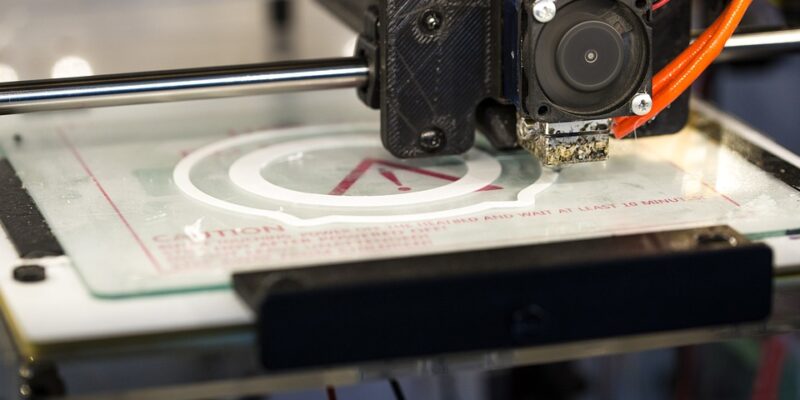Transforming 2D Characters into Realistic 3D Models
In today’s digital age, we are constantly surrounded by 3D models in various forms – from animated movies to video games, and even in virtual reality experiences. These realistic 3D models bring characters and environments to life in ways that were once unimaginable. But how exactly are these 3D models created from 2D characters?
The Process of Transformation
Transforming a 2D character into a realistic 3D model is a complex process that requires a combination of creative skills, technical expertise, and the right software tools. The first step in this process is to create a detailed concept design of the character in 2D form. This design serves as a blueprint for the 3D modeling process and guides the artist in capturing the essence and personality of the character.
Once the concept design is finalized, the next step is to create a digital 3D model using specialized software such as Maya, Blender, or ZBrush. This involves sculpting the character in three dimensions, adding textures, colors, and details to bring the character to life. The artist must pay close attention to the proportions, anatomy, and overall look of the character to ensure a realistic and believable result.
Animating the Character
After the 3D model is created, the next step is to animate the character to make it move and come to life. This involves rigging the character, which is the process of creating a skeleton or structure that controls the movement of the model. Once the rig is in place, the artist can begin creating animations for the character, such as walking, running, jumping, and facial expressions.
Animating a 3D character requires a solid understanding of movement and timing, as well as the ability to convey emotions and personality through body language and facial expressions. A skilled animator can bring a character to life and make it feel like a real, breathing entity.
Adding Realistic Details
To make a 3D character look realistic, it is important to pay attention to the small details that make a big difference. This includes adding wrinkles, freckles, scars, and other imperfections to the skin, as well as fine-tuning the lighting and shading to create a natural and believable appearance.
Texturing is another crucial aspect of creating realistic 3D characters. Textures are images that are applied to the surface of the model to give it color, detail, and depth. By carefully selecting and applying textures, artists can make a character look like it is made of real materials such as skin, fabric, or metal.
Final Touches and Rendering
Once the 3D character is fully modeled, rigged, and animated, it is time to add the final touches and prepare it for rendering. Rendering is the process of generating a 2D image or animation from a 3D model, using lighting, shading, and camera angles to create a realistic and visually appealing result.
During the rendering process, artists can experiment with different lighting setups, camera angles, and effects to enhance the overall look and feel of the character. They can also add post-processing effects such as motion blur, depth of field, and color grading to further enhance the final image or animation.
Challenges and Opportunities
Transforming 2D characters into realistic 3D models presents a unique set of challenges and opportunities for artists and animators. On one hand, the process requires a high level of technical skills, creativity, and attention to detail to create believable and visually appealing characters. On the other hand, the possibilities for expression and storytelling in the realm of 3D animation are virtually limitless, allowing artists to bring their imagination to life in ways that were once impossible.
In conclusion, transforming 2D characters into realistic 3D models is a complex and rewarding process that requires a combination of artistic vision, technical expertise, and innovative thinking. By following a structured workflow and using the right tools and techniques, artists can create immersive and captivating characters that resonate with audiences and bring storytelling to new heights.
